February 28th, 2023
Minor Scales: How to Compose Emotional Music
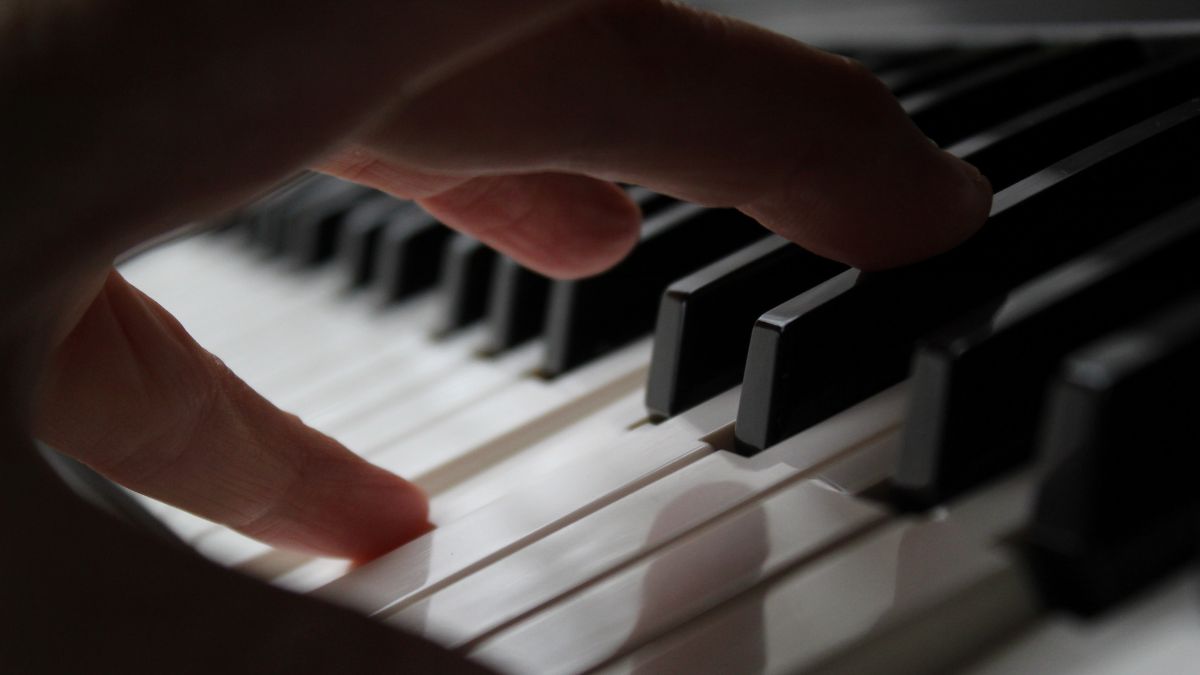
Even if you’re a total music beginner, you’ve likely heard of two scales: major and minor. Major scales sound “happy” and minor scales sound “sad”. But why is that? How do scales evoke a shared emotional response in music listeners?
In this article, we’ll take a look at the minor scale and how you can use it to write and produce emotive, expressive, and more exciting music.
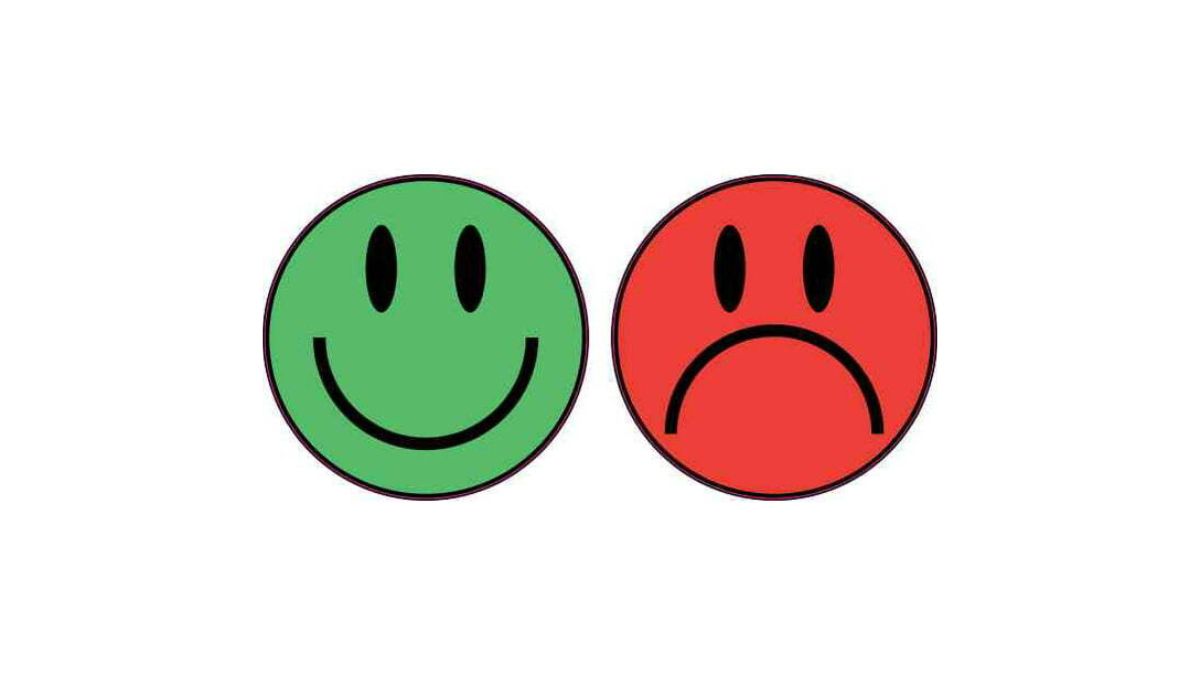
What is a Minor Scale?
In simplest terms, a minor scale is a diatonic (seven-note) scale with a lowered 3rd scale degree, called the “b3” or minor 3rd. This closed distance between the notes makes the scale sound darker and more subdued, often evoking feelings of sadness or melancholy in listeners.
What Is the Difference Between Major and Minor Scales?
The main difference between major and minor scales is the quality of the 3rd scale degree.
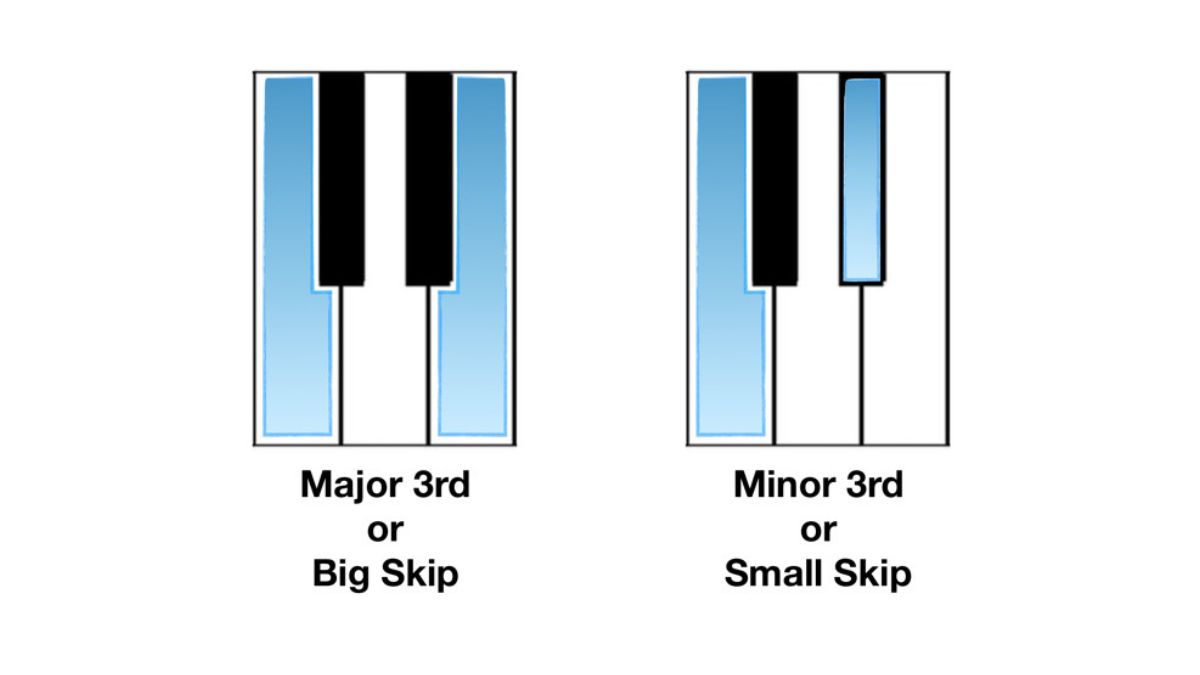
Major scales have a “major 3rd” (four semitones apart), while minor scales have a “minor 3rd” (three semitones apart). Any scale or that has this “b3” interval is considered “minor”, due to the relationship of the minor 3rd to the first note (the tonic). To practice telling these scales apart by ear, check out our Scale Spy game on ToneGym!
The Three Types of Minor Scales
As we just mentioned, the minor scale is a little bit more complex than the major scale we’ve studied before. There are three different types of minor scales (also called “modes”). They are: natural, harmonic, and melodic. Each one is used in a slightly different way, with exactly how they’re used even changing and evolving over time!
To reiterate, all three of the minor scales have the minor 3rd or “b3” interval away from the tonic in common. What separates them is the quality of the 6th degree, and 7th degree. Let’s dive in!
What Is the Natural Minor Scale?
The natural minor scale (also called the “aeolian” mode) is the “default” minor scale. This is typically what musicians are referring to when they say “minor” scale.

The natural minor scale follows this scale formula:
W - H - W - W - H - W - W
Notice how the sequence of whole and half steps differs from the major scale? By changing where the semitones (half-steps) are placed in the order of the scale, the overall sound can change dramatically.
Another way to imagine this scale is to look at which notes are changed from the perspective of major.
If the formula for the degrees of the major scale is 1 2 3 4 5 6 7, the minor scale degree formula is 1 2 b3 4 5 b6 b7.
This means that the 3rd, 6th, and 7th notes are lowered by one semitone or key on the piano.
1 2 3 4 5 6 7 8
C major: C - D - E - F - G - A - B - C
1 2 b3 4 5 b6 b7 8
C minor: C - D - Eb - F - G - Ab - Bb - C
Every major scale has a relative minor scale. You can find the relative minor scale by playing the scale beginning on the 6th note, or scale degree. For instance, “C” major has “A” as its relative minor.
These scales contain the same notes played in a different order. They belong to the same “key signature” and can be used to compliment or contrast one another inside a piece of music, depending on which chords they are paired with. That’s a topic for a different article, but for now let’s look at the “harmonic” minor scale.
What Is the Harmonic Minor Scale?
The harmonic minor scale is a minor scale that retains the natural 7th scale degree from the major scale, also called the “major 7th”.
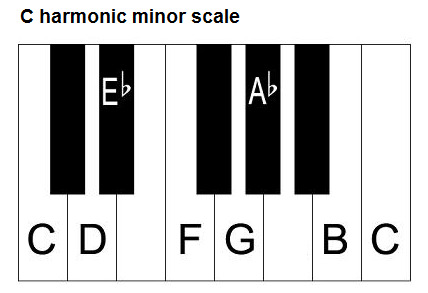
Another way to think of this scale is as a natural minor scale with a raised 7th.
1 2 b3 4 5 b6 b7 8
C minor: C - D - Eb - F - G - Ab - Bb - C
1 2 b3 4 5 b6 7 8
C harmonic minor: C - D - Eb - F - G - Ab - B - C
Instead of lowering the 3rd, 6th and 7th notes, we lower just the 3rd and 6th degrees. This is done to make up for the lack of a “leading tone”, which is a semitone that connects us from the 7th scale degree back to the tonic.
The addition of the leading tone creates a V7 chord in the key, which is crucial for functional harmony. If we were to build a chord on the V chord of the natural minor scale, we would produce a (boring) minor chord. But with the raised 7th, we get a tense V7 chord instead!
The V7 dominant chord generates tension that needs to be resolved in a chord progression when returning to the tonic, which is why we need the natural 7th to help us create better voice leading from the V chord back to i.
This scale is found commonly in classical music and is most closely associated with the various classical genres, especially music from the Baroque period.
Classically speaking, the harmonic minor scale was used when ascending through the scale in a melody (hence the “leading” tone, while the natural minor scale was used when descending through the scale.
In modern music and production, the harmonic minor scale can often be found standing on its own, with the natural 7th used the entire time. This is found especially in modern hip-hop and trap music to create a dark and ominous vibe.
You might also recognize this scale from “Paint It Black” by the Rolling Stones:
Other waterholes for the harmonic minor scale as a standalone improvisational or soloing tool is in metal, specifically a sub-genre called “neo-classical” metal:
Guitarists like Yngwie Malmsteen popularized the sound of this scale in heavy music and inspired generations of progressive metal acts.
Now… The harmonic minor scale also contains a step-and-a-half (whole tone + semitone) interval between the b6 and the 7th. This interval is 1.5 steps or three piano keys, and creates another voice-leading issue when composing.
What Is the Melodic Minor Scale?
Enter the melodic minor scale.

Melodic minor solves the 1.5 step issue found in the harmonic minor scale by raising the 6th scale degree, back to the natural 6th found in the major scale. Essentially, it’s a major scale with just the flattened 3rd degree.
1 2 b3 4 5 b6 b7 8
C minor: C - D - Eb - F - G - Ab - Bb - C
1 2 b3 4 5 b6 7 8
C harmonic minor: C - D - Eb - F - G - Ab - B - C
1 2 b3 4 5 6 7 8
C melodic minor: C - D - Eb - F - G - A - B - C
Just like harmonic minor, this scale can be used when ascending through the minor mode. Consequently, the 7th is lowered back to natural minor when descending.
However, in modern jazz this mode has been isolated and used as a scale for improvisation, with the major 6th and 7th remaining ascending AND descending.
Both harmonic and melodic minor scales have their own set of modes, unique sub-scales that can be constructed by beginning and ending the scale on a note besides the tonic. Some of these modes have useful applications when improvising, and occasionally find their way into pop music! Like in Beyoncé’s “Single Ladies”, which is written in Mixolydian b6 (the 5th mode produced by the melodic minor scale).
Other Minor Scales
Other minor modes found in the diatonic scale modes are dorian and phrygian. These scales are built from the 2nd and 3rd scale degrees of a major scale respectively. Dorian is a minor scale with a natural or major 6th (just like melodic minor), while phrygian is a minor scale with the addition of a b2 or minor 2nd.
Dorian is used to improvise over a minor 7th chord in jazz, and also can be found in pop music, with an intriguing, playful tonality. Phrygian on the other hand is extra minor. With the addition of the b2, this scale sounds even more foreboding than its aeolian counterpart.
You might have also heard of the minor “pentatonic” and minor “blues” scales. These are five and six note scales that are commonly found in rock, blues, and RnB genres. To create the minor pentatonic scale, simply remove the 2nd and 6th scale degrees from the natural minor scale. The resulting five note scale 1 - b3 - 4 - 5 - b7 can be used to improvise and write melodies.
To create the minor blues scale, add a dissonant b5 interval or “tri-tone” to the minor pentatonic scale. This creates a chromatic series of notes (all semitones) between the 4th and 5th scale degrees. The “b5”, often nicknamed the “blue” note or even the “devil’s interval” adds dissonant tension to the scale that can be satisfyingly released for a big musical payoff.
We hope you found this post helpful and can’t wait to see how you incorporate the various minor scales into your own music making!
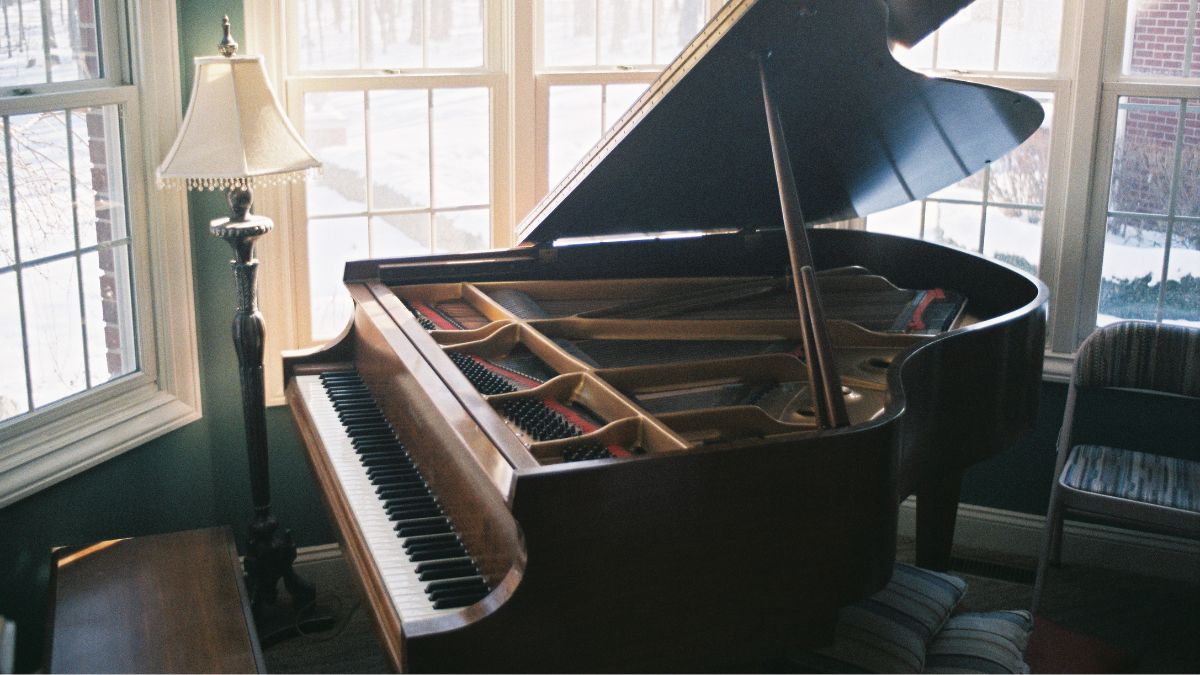


Comments:
Mar 20, 2023
Mar 20, 2023
Mar 06, 2023
Login to comment on this post